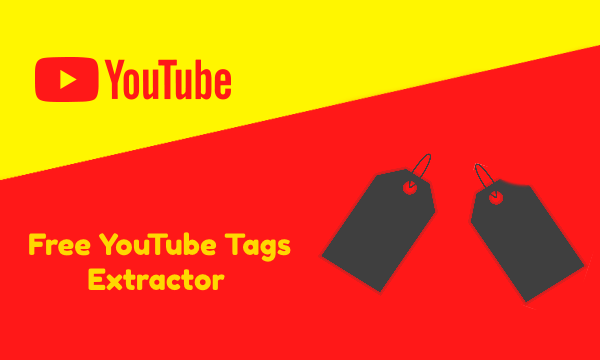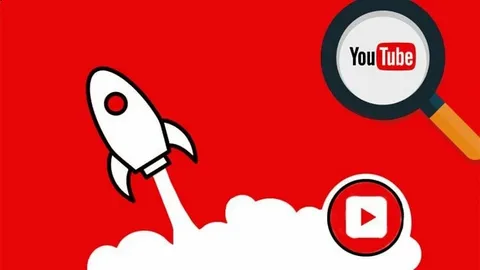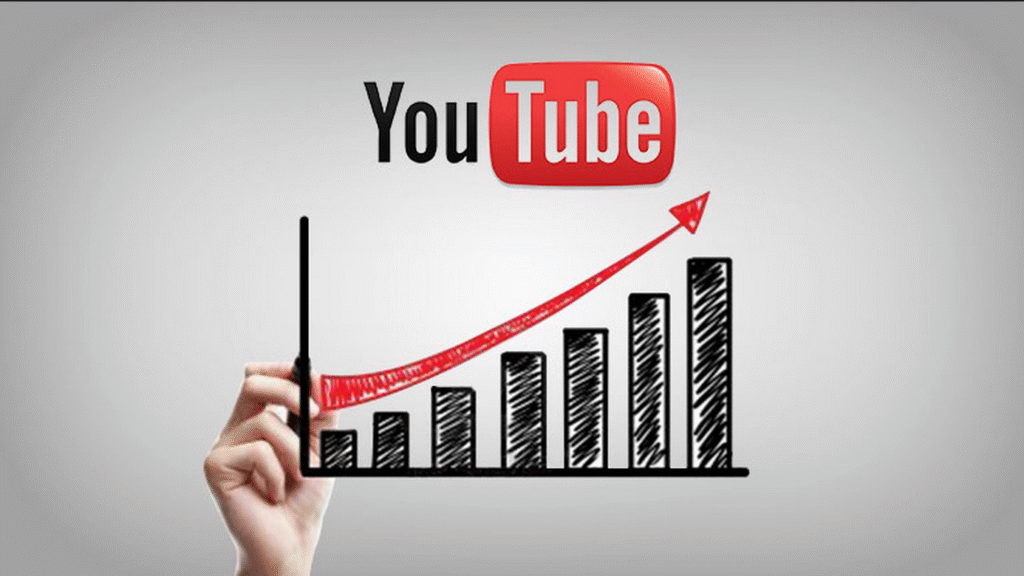In today’s fast-paced content landscape, YouTube Shorts have become a game-changing tool for creators aiming to grow quickly and reach broader audiences.
But simply uploading vertical videos isn’t enough—YouTube Shorts SEO is what determines whether your content gets buried or goes viral. From keyword placement and metadata optimization to strategic timing and audience engagement, SEO is the backbone of successful Shorts.
If you want your videos to show up in feeds, search results, and recommendations, you need to apply smart, data-backed strategies. This guide outlines the most effective YouTube Shorts SEO tips to maximize discoverability, engagement, and long-term channel growth.
1. Define & Use Target Keywords Intelligently
To help your Shorts get discovered, start by identifying the right keywords. Use tools like YouTube’s search suggestions, Google Trends, vidIQ, or TubeBuddy to find what your target audience is already searching for. A strong keyword strategy increases your content’s discoverability across the Shorts feed, recommendations, and search results.
Incorporate both short-tail keywords (e.g., “skincare”) and long-tail keywords (e.g., “morning skincare routine for oily skin”) to balance broad reach with targeted visibility. According to YouTube’s official Creator Academy, including relevant keywords in your title, description, and metadata signals to the platform what your video is about, helping it appear in front of the right viewers.
Make sure to place your main keyword in the:
- Title
- Description
- Hashtags
- Captions
- Spoken content
YouTube automatically transcribes audio, so mentioning your keyword aloud helps the algorithm identify your video’s subject more accurately. Google’s transcription-based indexing is confirmed in their YouTube Creator blog.
2. Always Add “#Shorts” in the Title or Description
Including the “#Shorts” hashtag in either the title or description is essential for proper indexing and visibility on YouTube. This tag helps the algorithm recognize your video as part of the Shorts format, making it eligible to appear on the Shorts shelf and in the Shorts feed, where millions of users scroll vertically through bite-sized videos.
According to YouTube, it’s not required, but they recommend using #Shorts to boost visibility and help the algorithm show your video to the right audience.
So even though the format is auto-detected, always include #Shorts—it reinforces your content’s identity and improves its chances of being promoted via the Shorts algorithm.
3. Write SEO-Optimized Titles
While YouTube Shorts often autoplay in the feed without showing the full title, your title still plays a critical role in how the video is discovered across search, suggested videos, and outside the Shorts shelf—such as on channel pages or in search results.
Keep your title concise—ideally under 50 characters—and place your main keyword as close to the beginning as possible. Use clear, specific language that accurately describes your content. According to YouTube Help, Your video’s title, thumbnail, and description are more important pieces of metadata for your video’s discovery. These main pieces of info help viewers decide which videos to watch.
Even though thumbnails may not always appear in the Shorts feed, titles are still indexed for SEO, used in search queries, and can significantly influence visibility when users actively browse or search by topic. A strong, keyword-optimized title is essential for helping your Short reach the right audience.
4. Optimize the Description
Many creators overlook the video description when uploading YouTube Shorts, assuming it’s less important due to the short-form nature of the content. However, the description remains a vital piece of metadata that YouTube uses to understand your video, rank it in search results, and recommend it to the right audience.
An effective description should begin with your main keyword and include a short summary of the video’s content, along with relevant hashtags such as #Shorts and niche-specific tags. While the description may not always be visible when a Short autoplays, it is still indexed by YouTube’s algorithm and directly influences discoverability.
According to YouTube Help, your video’s title, thumbnail, and description are more important pieces of metadata for your video’s discovery. These main pieces of info help viewers decide which videos to watch. Writing a keyword-rich, purposeful description gives your Short a better chance of being found by viewers interested in your content.
5. Use 3–5 Relevant Hashtags
Hashtags play an important supporting role in YouTube Shorts SEO by helping categorize your content and connecting it with broader topics or ongoing trends. Using a few carefully selected hashtags in your title or description increases the chances of your Short appearing on hashtag-based pages or in relevant search results. For best results, include around three to five hashtags that combine both trending and niche-specific terms. You can use a free AI youtube hashtags generator to generate relevant and trending hashtags.
According to YouTube Help, when you add a hashtag to the video’s title or description, your content becomes eligible to appear on the corresponding hashtag page, allowing users to discover your video while browsing that topic.
YouTube also cautions against overusing hashtags—if you add more than 15, the system may ignore all of them entirely. This makes moderation key to maximizing their effectiveness without harming visibility. Including a few well-targeted hashtags not only improves discoverability but also reinforces your content’s relevance within a niche or trend, helping it reach viewers who are already engaged with similar content.
6. Post When Your Audience Is Most Active
Timing significantly affects how well your YouTube Shorts perform, especially in the first few hours after upload. Posting when your audience is most active boosts the chances of early views, likes, and comments—key engagement signals that help YouTube’s algorithm determine whether to promote your video further. If you post at the wrong time, your Short may miss its initial momentum, limiting its reach.
Use the Audience tab in YouTube Analytics to identify when your viewers are typically online. While general trends suggest evenings and weekends, your channel’s data offers more accurate insight. Experts recommend analyzing performance patterns and adjusting your schedule based on real-time engagement metrics.
According to TubeBuddy, uploading when your viewers are online increases the likelihood that your content will appear in their feeds and receive early engagement. This is especially important for Shorts, where virality often depends on strong initial momentum. For Shorts specifically, TubeBuddy found that Mondays and Tuesdays often yield better engagement, especially for fast, scrollable content.
By aligning your uploads with your audience’s activity patterns, you improve not only your chances of immediate visibility but also your content’s long-term performance in recommendations and search.
7. Monitor Performance and Adjust Accordingly
Publishing optimized Shorts is only the first step—tracking their performance is key to refining your SEO strategy. YouTube Analytics provides insights like views, watch time, retention, and CTR, helping you identify what drives engagement.
YouTube recommends using the Audience Retention Report and Reach tab, as high retention signals the algorithm to promote your Shorts more, while low engagement may point to weak hooks, pacing, or keyword issues.
According to Experts, reviewing performance metrics helps you understand your audience and what content they enjoy most, which can guide your future creative decisions.
Over time, data-driven refinement helps you not only adjust metadata like keywords and hashtags, but also fine-tune structure, timing, and creative approach—maximizing visibility in both the Shorts feed and search.
8. Create Shorts with Clear Intent and Audience Focus
A Short without a clear purpose often fails to connect, no matter how well it’s optimized. Before creating, decide what the video aims to do, offer a quick tip, tease a full video, react to something, or answer a specific question. This focus helps structure the content effectively, improving retention and engagement—both critical for YouTube’s algorithm.
YouTube prioritizes content that satisfies viewer intent. When a Short aligns with what the audience expects and delivers value quickly, it encourages full views, likes, and shares—all signals that boost its reach in the Shorts feed. Content created with a defined viewer in mind tends to hold attention better and rank higher.
9. Turn New Viewers into Loyal Followers for Algorithm Boost
Attracting new views is only half the equation—turning those viewers into loyal followers is what tells YouTube your Shorts are worth recommending repeatedly. YouTube’s algorithm rewards content that keeps people coming back.
According to YouTube, If casual and regular viewers are returning regularly to watch more, they’re more likely to recommend more of your videos in the future.
Shorts that follow a consistent format, style, or niche theme help build that loyalty. Rather than creating one-off viral clips, think long-term—develop a recognizable voice or series that makes viewers hit follow.
Responding to comments, pinning replies, or even referencing past Shorts in new ones helps strengthen your connection.
While analytics show who your viewers are, the real goal is to create Shorts that make new viewers want to return. That behavioral signal—repeat engagement—is what powers long-term discoverability through YouTube’s recommendation engine.
10. Focus on Engagement Metrics That Influence the Algorithm
To boost visibility in the Shorts feed, prioritize user interactions such as likes, shares, comments, and replays. These signals help the YouTube algorithm identify content that viewers enjoy and want more of.
Unlike long-form content where click-through rate plays a bigger role, Shorts are judged heavily by how engaging and replay-worthy they are.
According to experts, youTube’s algorithm doesn’t evaluate the content itself — it measures how viewers interact with it. Likes, comments, and shares indicate strong audience interest and engagement.
This reinforces the importance of maximizing viewer satisfaction to get your Shorts recommended more widely.
11. Create Rewatchable Shorts to Maximize Watch Time
Unlike long-form videos, YouTube Shorts loop by default—and this looping behavior gives rewatchability a direct influence on your Short’s performance.
When viewers choose to rewatch a Short, either intentionally or because the pacing or payoff makes them stay through multiple loops, it signals high satisfaction. This boosts your video’s retention score, which is a key factor in how Shorts are ranked and recommended.
According to Hootsuite, YouTube’s algorithm prioritizes videos with strong watch time and engagement metrics, particularly for Shorts where replays and viewer retention are critical signals.
To increase rewatchability, structure your Short around a payoff or punchline that lands at the very end. Use fast pacing, visual hooks, or storytelling loops that subtly encourage viewers to watch again. A Short that gets viewed more than once by the same user carries more weight than one that’s abandoned halfway through.
12. Stay Consistent with Niche, Style, and Upload Frequency
YouTube’s algorithm favors creators who produce consistent, reliable content. This applies not only to how often you upload Shorts but also to the style, theme, and niche you stick to.
Shorts that follow a familiar pattern—such as a recurring format, tone, or topic—make it easier for viewers to recognize your content and for the algorithm to categorize and recommend it.
Consistency doesn’t mean repetition. It means creating a clear identity across your Shorts that builds familiarity and trust. Whether it’s how you start your videos, the way you title them, or the topics you explore, recognizable structure increases return viewership and engagement.
Staying consistent in your niche helps attract the right audience, while steady posting signals to YouTube that your channel is active and dependable—both critical factors in Shorts SEO performance.
13. Optimize Audience Retention to Keep Shorts in the Feed
Audience retention is one of the most critical ranking signals for YouTube Shorts. The algorithm closely watches how long viewers stick with your video—especially within the first few seconds. A high retention rate tells YouTube your Short is worth promoting more widely, while early drop-offs signal poor viewer experience and limit its reach.
To improve retention, start your Shorts with a strong hook, use quick pacing, and deliver value fast. According to HubSpot, when you know your audience, everything you do will be more likely to resonate with the people who matter most to your success, which helps retain attention and improve watch time.
For Shorts, every second counts. Optimizing your structure to keep viewers watching—not swiping—is key to SEO success.
14. Use Custom Thumbnails to Increase CTR
Although YouTube Shorts autoplay in the Shorts feed without showing thumbnails, custom thumbnails still play a critical role in discovery.
They appear in desktop search results, suggested video sidebars, and on your channel page—all places where viewers actively decide what to watch next.
A compelling thumbnail can drastically increase your Click-Through Rate (CTR), signaling to YouTube that your content is engaging and worth promoting more broadly.
Design vertical-friendly thumbnails that clearly communicate your video’s value, using bold fonts, facial expressions, or visual hooks that stand out against cluttered feeds. Even though Shorts are meant for mobile viewing, don’t ignore desktop visibility—it’s a key opportunity for improving impressions and growing your reach. YouTube notes that thumbnails help viewers decide whether to watch your video, and a higher CTR contributes to greater distribution across the platform.
Conclusion
Mastering YouTube Shorts SEO isn’t just about playing the algorithm—it’s about creating content that connects, performs, and builds loyalty.
By applying techniques like keyword-rich titles, strategic hashtags, optimized timing, and audience-focused content, you drastically improve your chances of visibility and sustained growth.
Remember, SEO for Shorts is ongoing: analyze your analytics, adjust based on real data, and stay consistent with your niche and style. The more intentional your approach, the better your results.
When done right, YouTube Shorts can evolve from quick hits into powerful traffic drivers and subscriber magnets that fuel your entire channel’s success.





One Comment